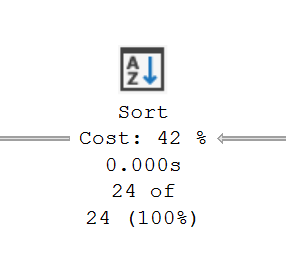I’ve recently been reviewing SSIS packages to make some performance fixes and needed a way to validate the results of those changes. I thought I’d share the scripts as they may be useful for others. Rather than relying on run times from the SQL Agent running the packages I wanted to dive deeper into the […]
Reviewing SSIS Performance Using the Catalog









